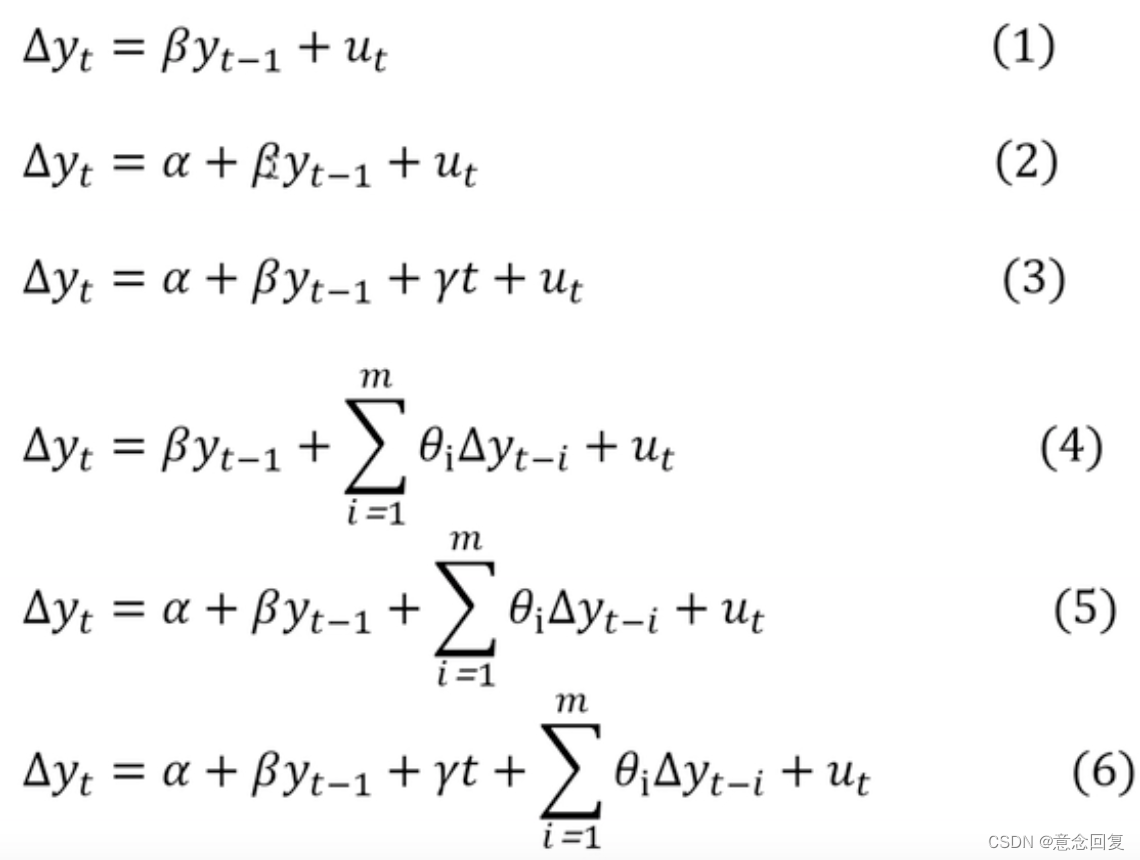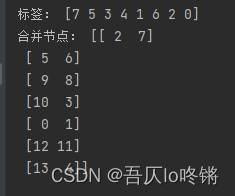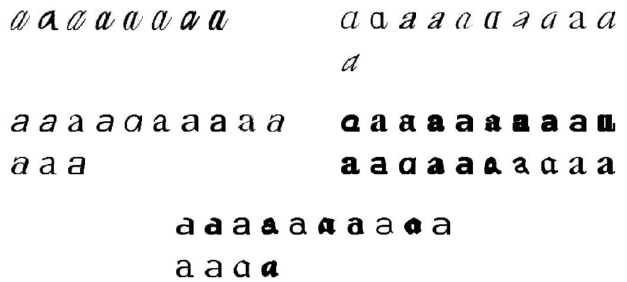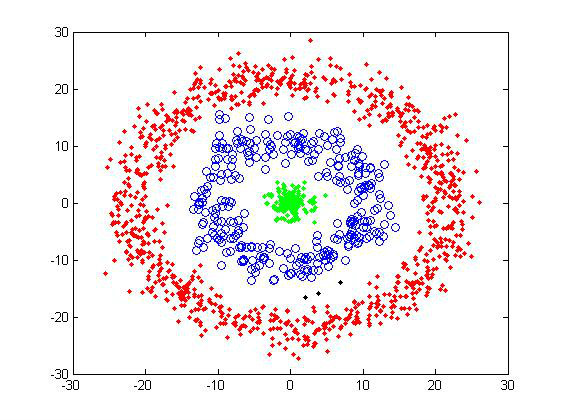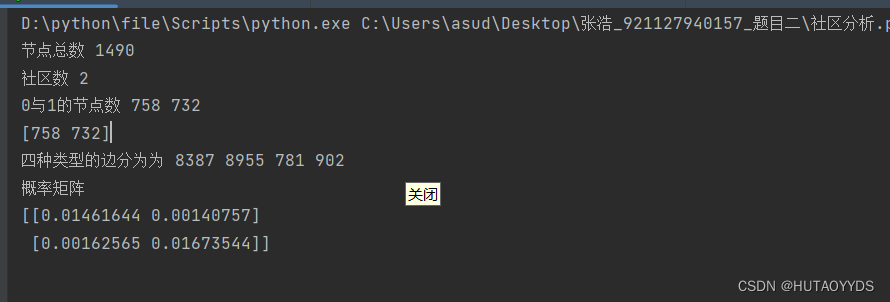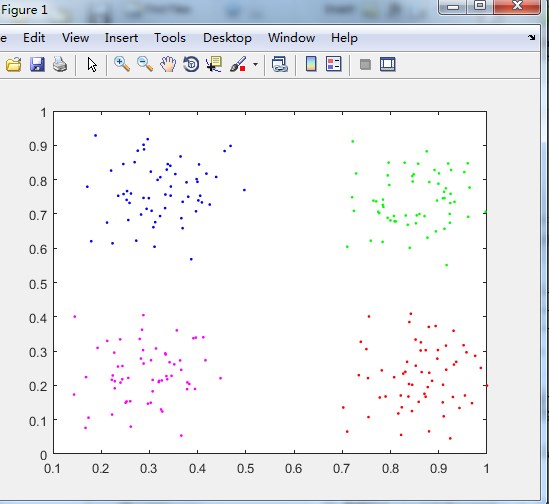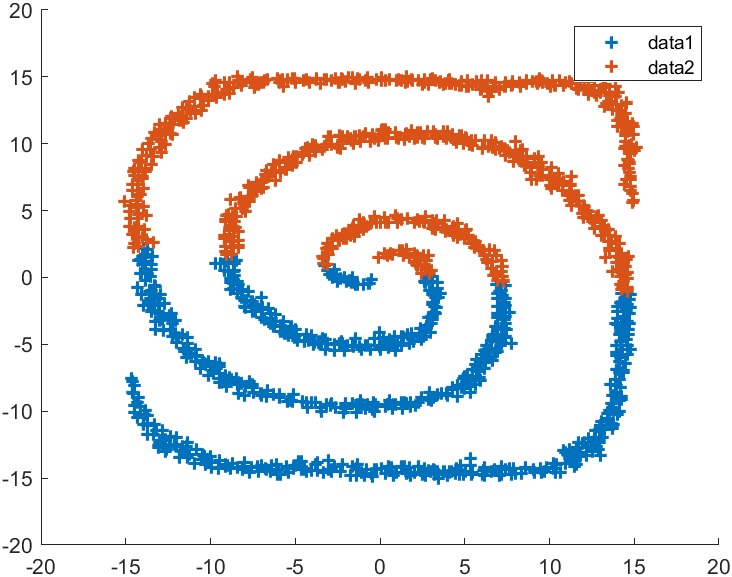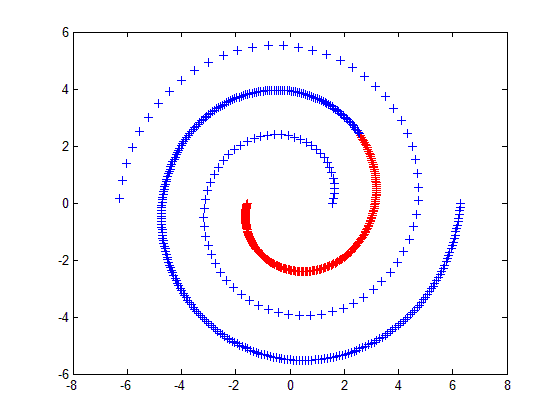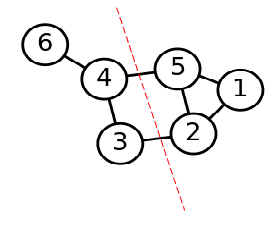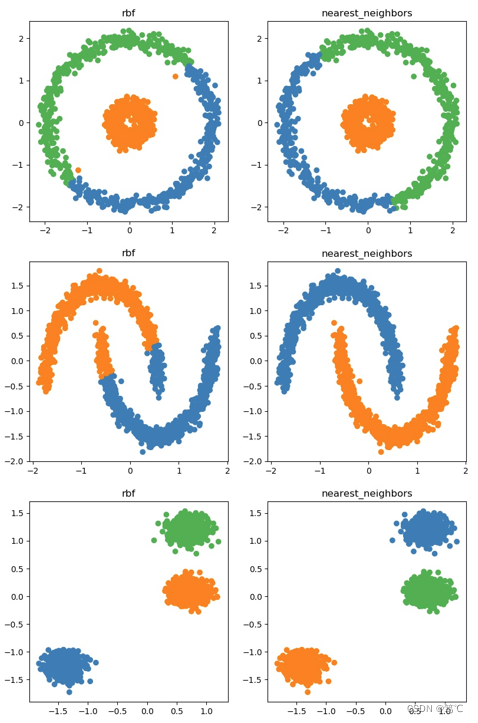ADF检验
在使用很多时间序列模型的时候,如 ARMA、ARIMA,都会要求时间序列是平稳的,所以一般在研究一段时间序列的时候,第一步都需要进行平稳性检验,除了用肉眼检测的方法,另外比较常用的严格的统计检验方法就是ADF检验,也叫做单位根检验。
ADF检验全称是 Augmented Dickey-Fuller test,顾名思义,ADF是 Dickey-Fuller检验的增广形式。DF检验只能应用于一阶情况,当序列存在高阶的滞后相关时,可以使用ADF检验,所以说ADF是对DF检验的扩展。
单位根(unit root)
在做ADF检验,也就是单位根检验时,需要先明白一个概念,也就是要检验的对象——单位根。
当一个自回归过程中: ,如果滞后项系数b为1,就称为单位根。当单位根存在时,自变量和因变量之间的关系具有欺骗性,因为残差序列的任何误差都不会随着样本量(即时期数)增大而衰减,也就是说模型中的残差的影响是永久的。这种回归又称作伪回归。如果单位根存在,这个过程就是一个随机漫步(random walk)。
ADF检验的原理
ADF检验就是判断序列是否存在单位根:如果序列平稳,就不存在单位根;否则,就会存在单位根。
所以,ADF检验的 H0 假设就是存在单位根,如果得到的显著性检验统计量小于三个置信度(10%,5%,1%),则对应有(90%,95,99%)的把握来拒绝原假设。
ADF检验的python实现
ADF检验可以通过python中的 statsmodels 模块,这个模块提供了很多统计模型。
使用方法如下:
导入adfuller函数
from statsmodels.tsa.stattools import adfulleradfuller函数的参数意义分别是:
- x:一维的数据序列。
- maxlag:最大滞后数目。
- regression:回归中的包含项(c:只有常数项,默认;ct:常数项和趋势项;ctt:常数项,线性二次项;nc:没有常数项和趋势项)
- autolag:自动选择滞后数目(AIC:赤池信息准则,默认;BIC:贝叶斯信息准则;t-stat:基于maxlag,从maxlag开始并删除一个滞后直到最后一个滞后长度基于 t-statistic 显著性小于5%为止;None:使用maxlag指定的滞后)
- store:True False,默认。
- regresults:True 完整的回归结果将返回。False,默认。
返回值意义为:
- adf:Test statistic,T检验,假设检验值。
- pvalue:假设检验结果。
- usedlag:使用的滞后阶数。
- nobs:用于ADF回归和计算临界值用到的观测值数目。
- icbest:如果autolag不是None的话,返回最大的信息准则值。
- resstore:将结果合并为一个dummy。
def adfuller(x, maxlag=None, regression="c", autolag='AIC',store=False, regresults=False):"""Augmented Dickey-Fuller unit root testThe Augmented Dickey-Fuller test can be used to test for a unit root in aunivariate process in the presence of serial correlation.Parameters----------x : array_like, 1ddata seriesmaxlag : intMaximum lag which is included in test, default 12*(nobs/100)^{1/4}regression : {'c','ct','ctt','nc'}Constant and trend order to include in regression* 'c' : constant only (default)* 'ct' : constant and trend* 'ctt' : constant, and linear and quadratic trend* 'nc' : no constant, no trendautolag : {'AIC', 'BIC', 't-stat', None}* if None, then maxlag lags are used* if 'AIC' (default) or 'BIC', then the number of lags is chosento minimize the corresponding information criterion* 't-stat' based choice of maxlag. Starts with maxlag and drops alag until the t-statistic on the last lag length is significantusing a 5%-sized teststore : boolIf True, then a result instance is returned additionally tothe adf statistic. Default is Falseregresults : bool, optionalIf True, the full regression results are returned. Default is FalseReturns-------adf : floatTest statisticpvalue : floatMacKinnon's approximate p-value based on MacKinnon (1994, 2010)usedlag : intNumber of lags usednobs : intNumber of observations used for the ADF regression and calculation ofthe critical valuescritical values : dictCritical values for the test statistic at the 1 %, 5 %, and 10 %levels. Based on MacKinnon (2010)icbest : floatThe maximized information criterion if autolag is not None.resstore : ResultStore, optionalA dummy class with results attached as attributes"""现在我们用一个RB1309的收盘数据来进行ADF检验,看一下结果:
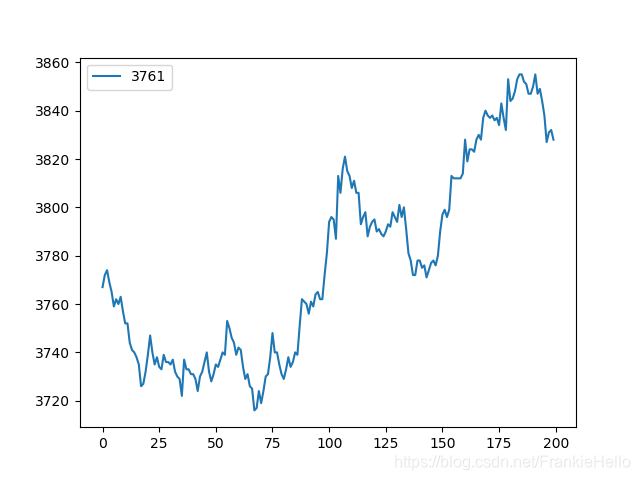
result = adfuller(rb_price)
print(result)(-0.45153867687808574, 0.9011315454402649, 1, 198, {'5%': -2.876250632135043, '1%': -3.4638151713286316, '10%': -2.574611347821651}, 1172.4579344852016)
看到 t-statistic 的值 -0.451 要大于10%,所以无法拒绝原假设,另外,p-value的值也很大。
将数据进行一阶差分滞后,看一下结果如何:

rb_price = np.diff(rb_price)
result = adfuller(rb_price)
print(result)(-15.436034211511204, 2.90628134201655e-28, 0, 198, {'5%': -2.876250632135043, '1%': -3.4638151713286316, '10%': -2.574611347821651}, 1165.1556545612445)看到 t-statistic 的值 -15 要小于5%,所以拒绝原假设,另外,p-value的值也很小。
